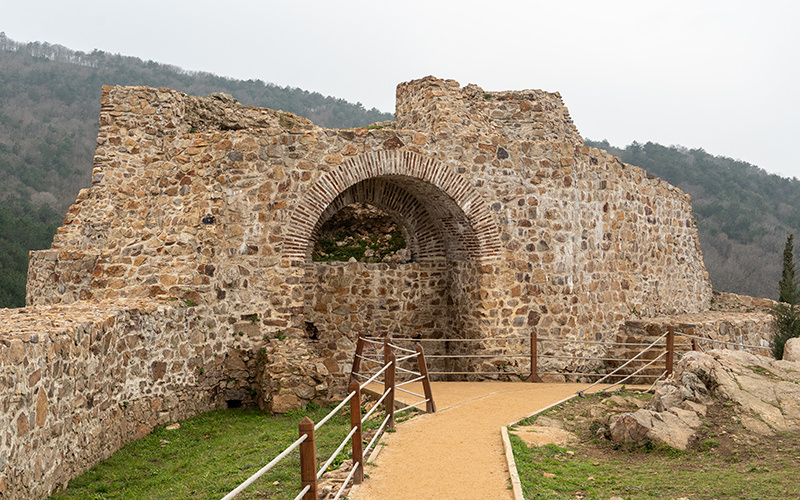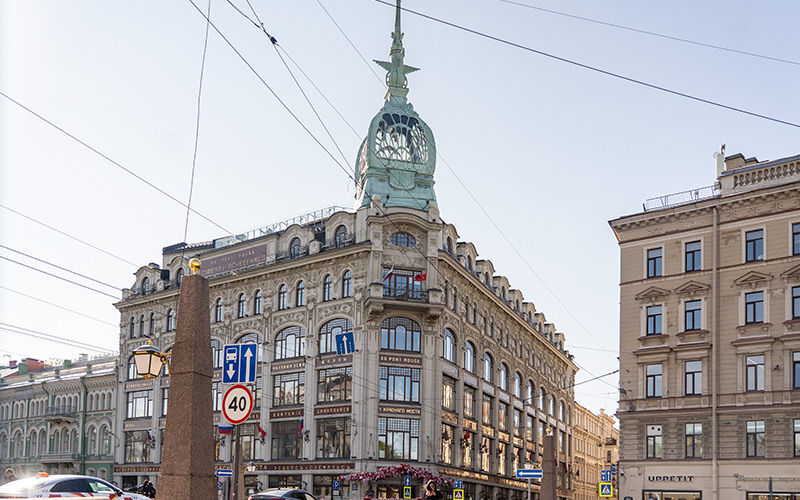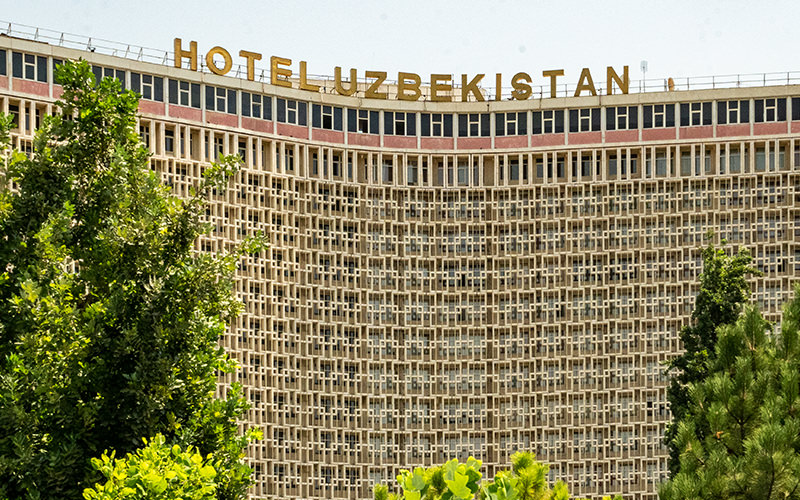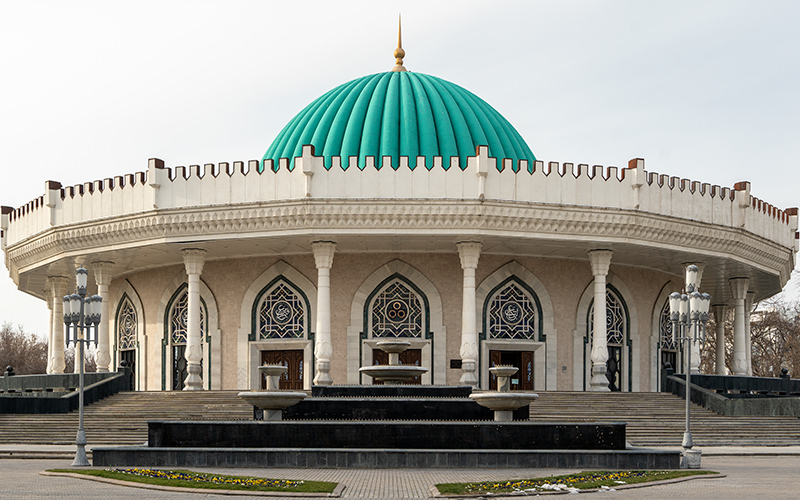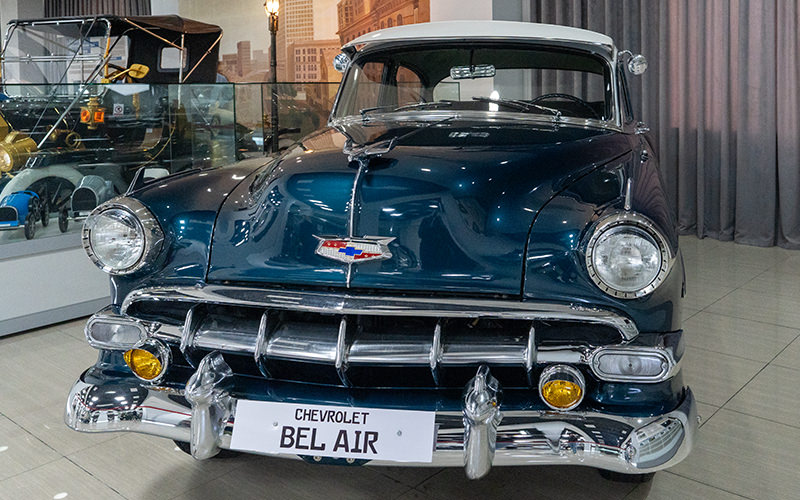One of the first places that travelers visit in Tashkent is Amir Timur Square. This landmark is located in the city center, making it easy to reach other interesting places in the Uzbek capital. Many people take a stroll through the square to relax by the city fountains and admire the monumental statue of Amir Timur, also known to many readers as Tamerlane.
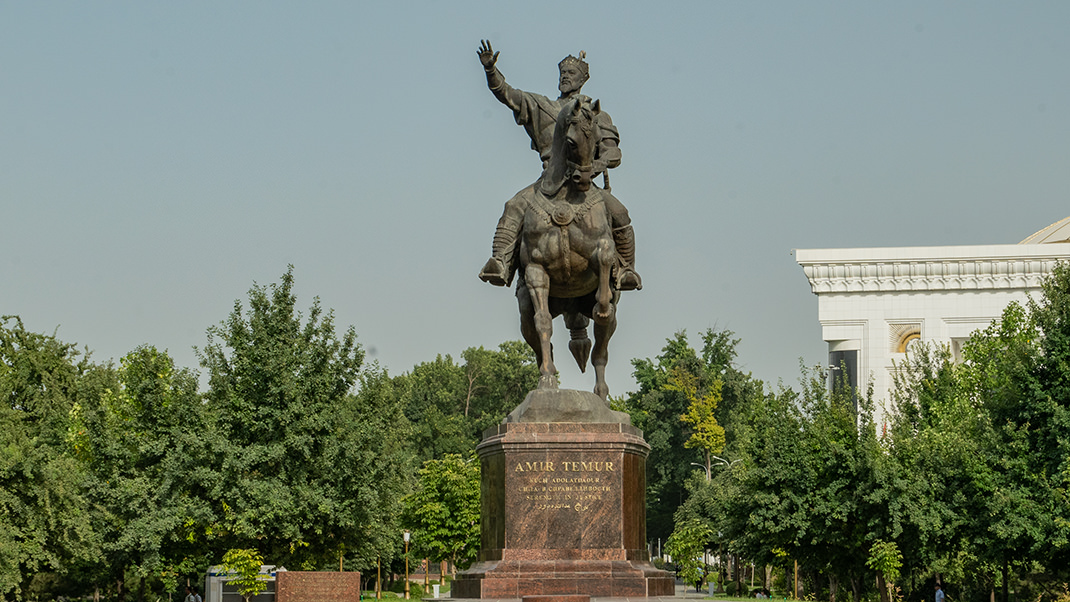
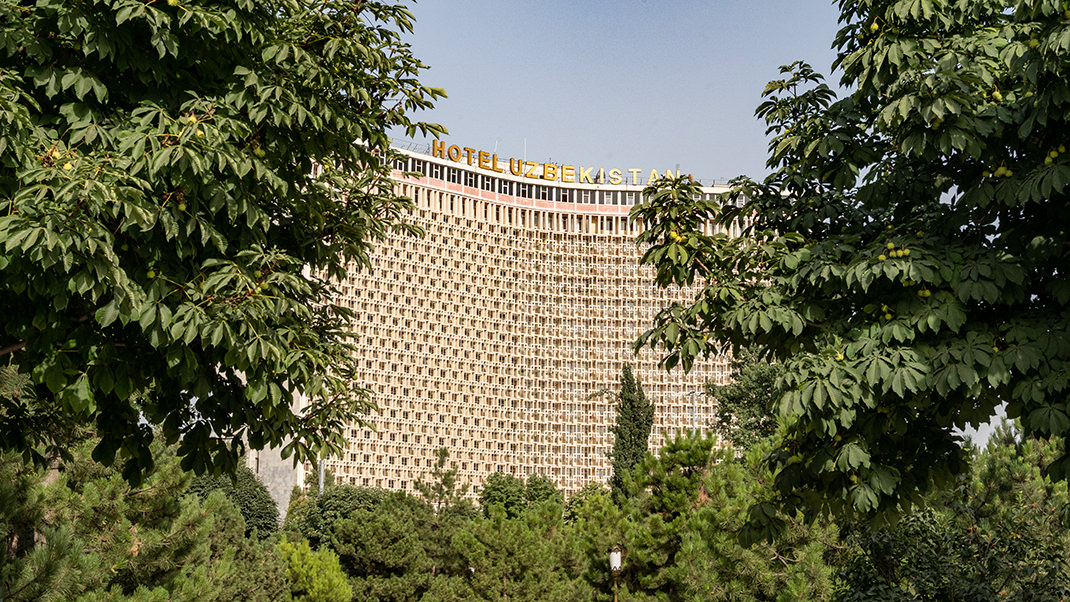

How to Get There by Metro
The northeast part of the square is directly connected to the Amir Temur xiyoboni – Yunus Rajabiy interchange station on the Tashkent Metro.
The square is open 24/7 and is free to enter. Nearby, you'll find other interesting Tashkent attractions, such as the State Museum of the Temurids, Tashkent Chimes, and the State Academic Big Theatre named after Alisher Navoi.
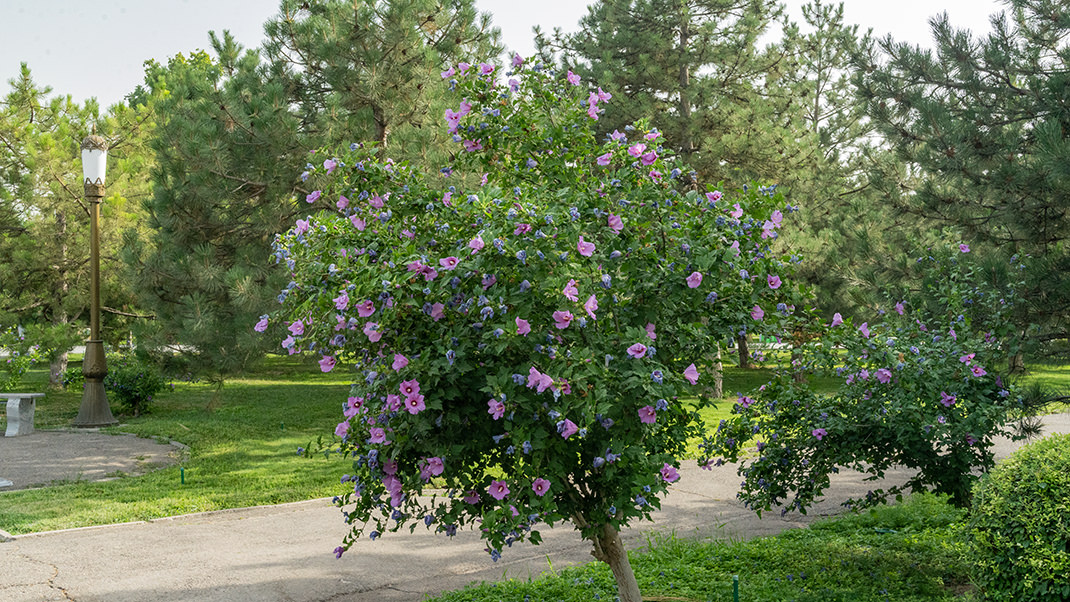
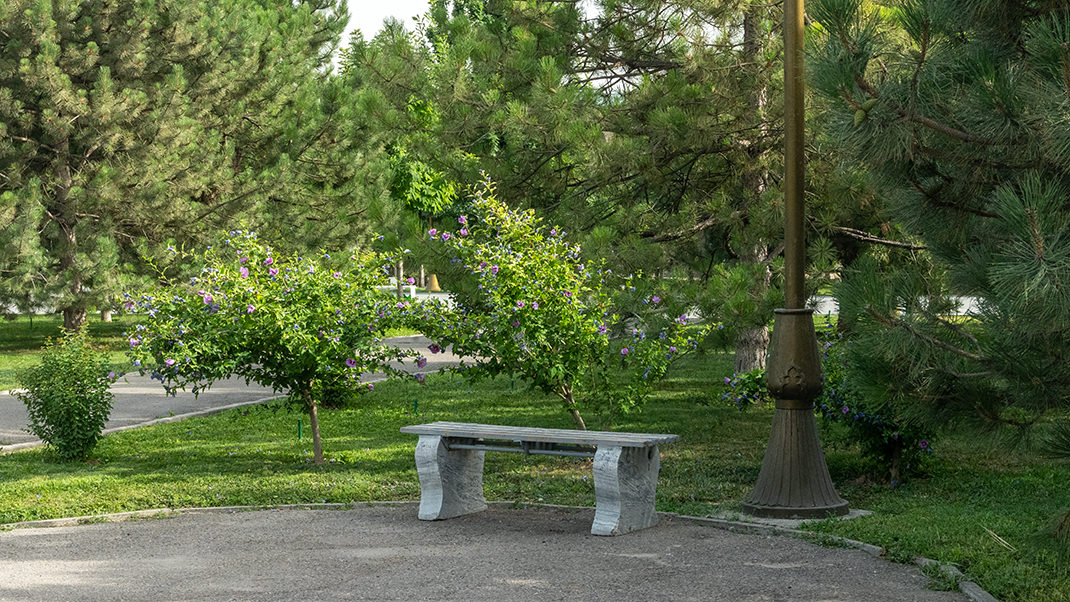
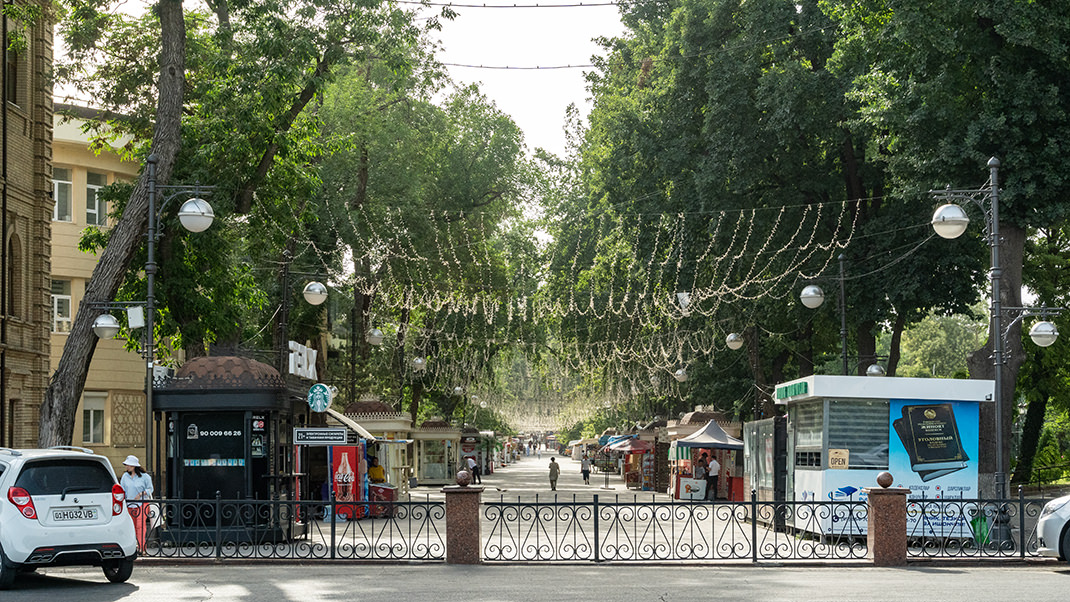
A Bit of History
The modern Amir Timur Square was laid out in the late 19th century. In 1865, Tashkent was captured by Russian troops, and six years later, a general plan for the construction of a new city to the east of existing districts was developed. The center of this so-called Novgorod part of Tashkent was intended to be the modern square. Interestingly, a book from the Soviet era mentions that the plan for Tashkent was developed according to the radial-circular layout of St. Petersburg. In my opinion, in this case, it would be more appropriate to compare the city's configuration with Moscow.
The square's first name was Konstantinovsky. Since 1918, the green area has been called Revolution Square. The modern name was given to the recreation area in the early 1990s.
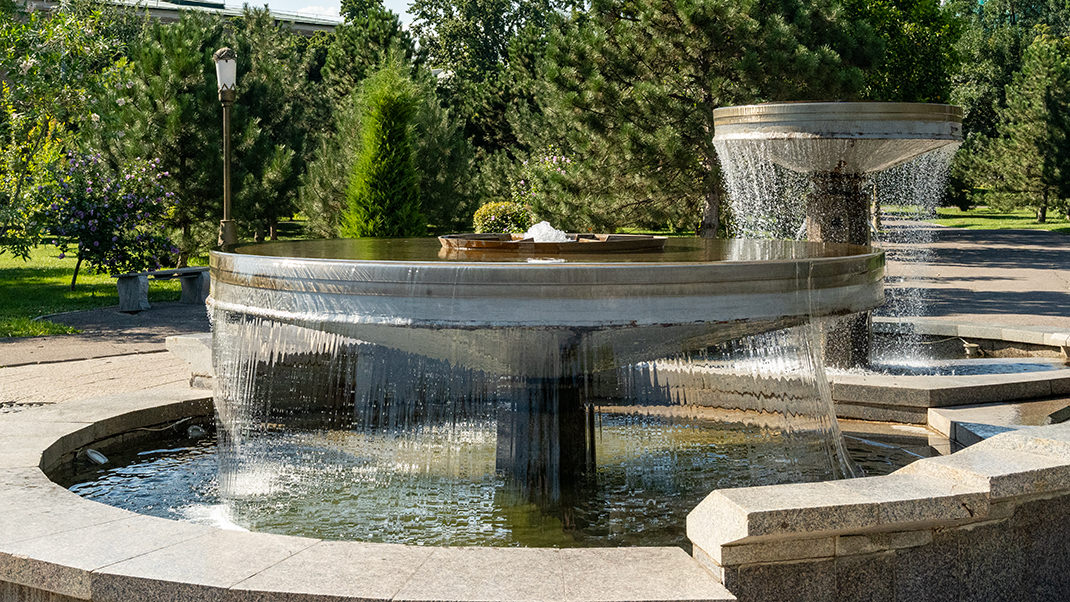
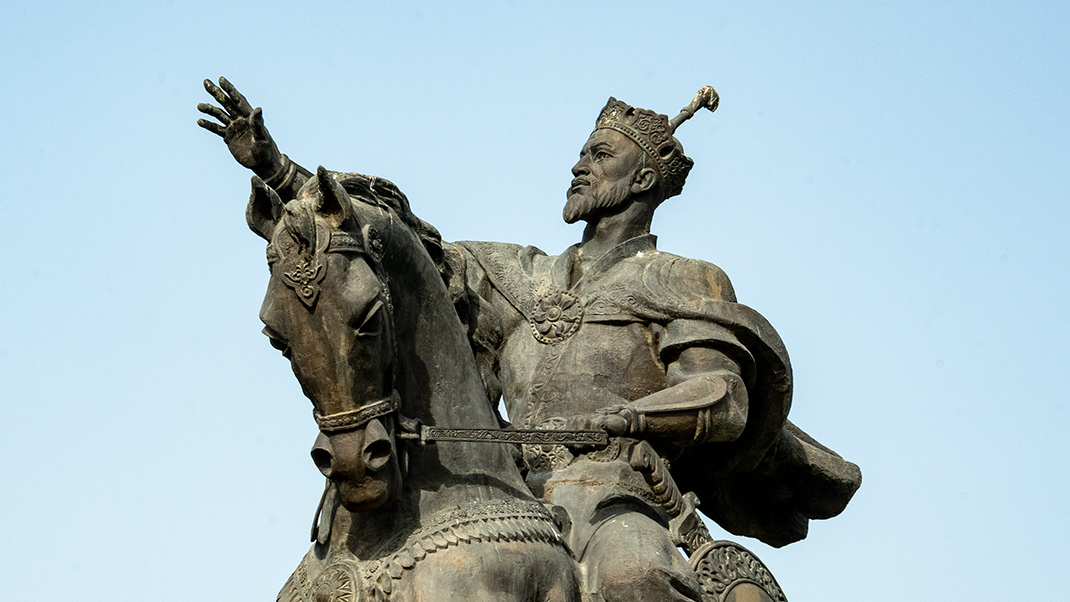
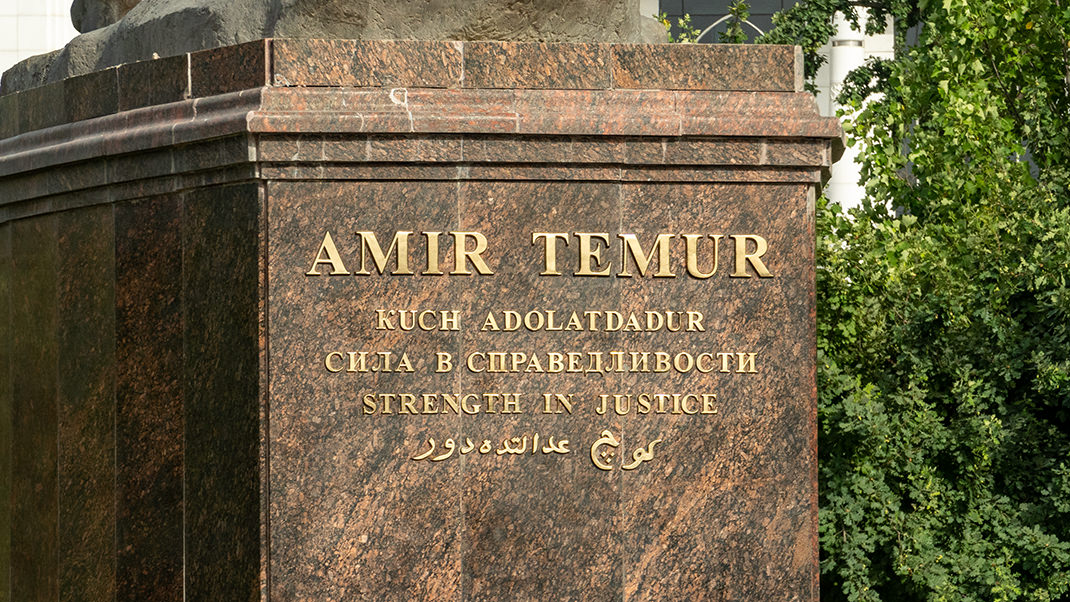
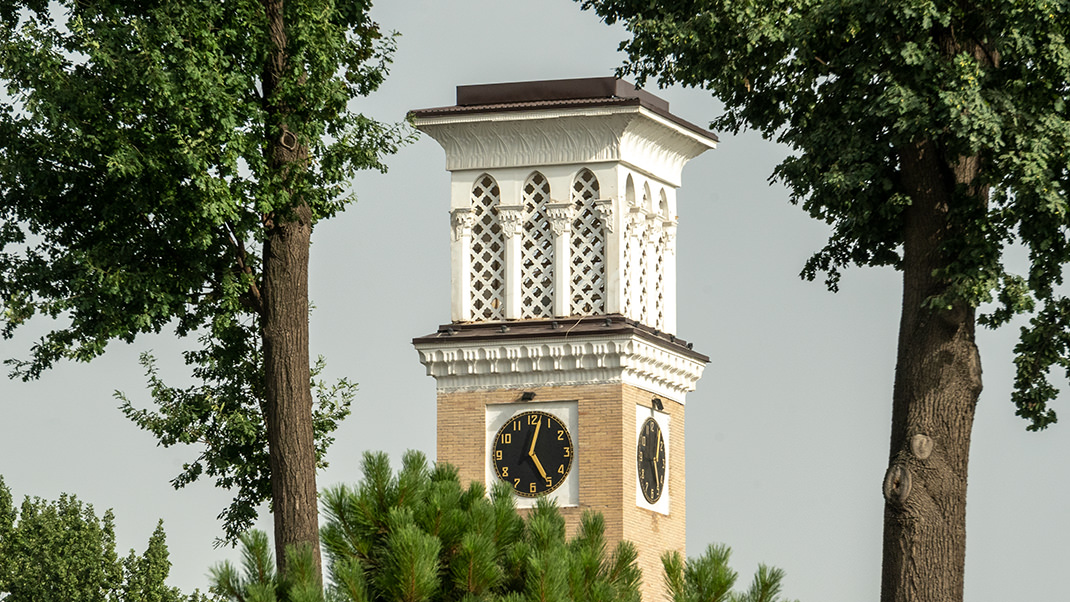
In some sources, I found mention that another original name for the square was Kaufman Square. This name belonged to the Turkestan Governor-General. Once, his burial place was right on the square's territory. Later, the ashes were moved, and a monument to Kaufman was erected in the square in the presence of high-ranking guests.
Over the long history of the place, several monuments were installed here. In 1918, Kaufman's figure was replaced by the Monument to Liberated Labor. Nine years later, it was replaced by the Monument to the Tenth Anniversary of October. Changes did not stop there. Subsequently, Lenin's bust, Stalin's figure, an obelisk in honor of the Communist Program, and a monument to Karl Marx replaced each other.
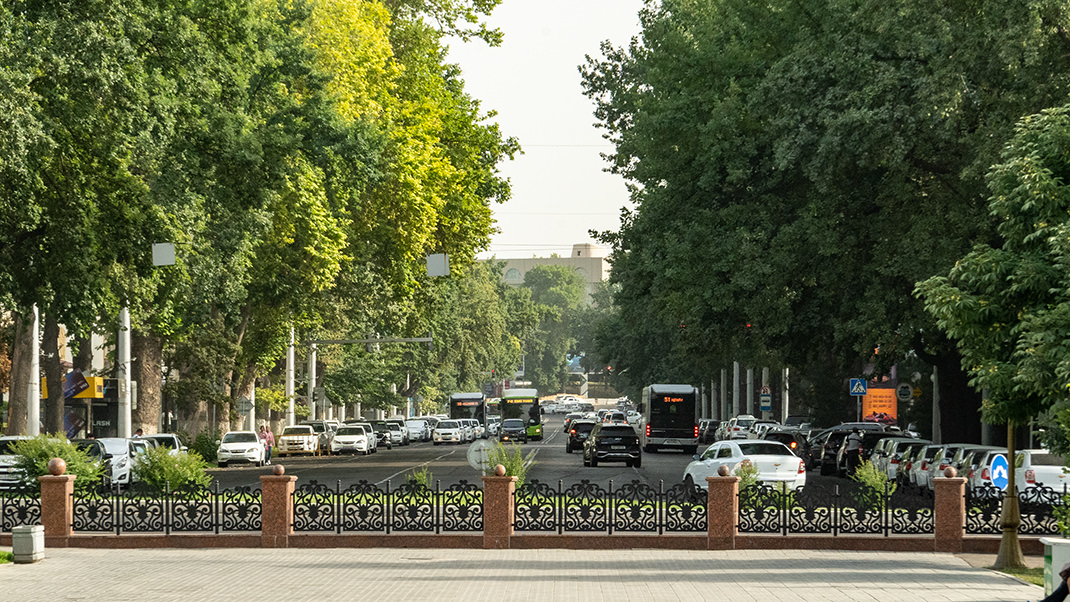
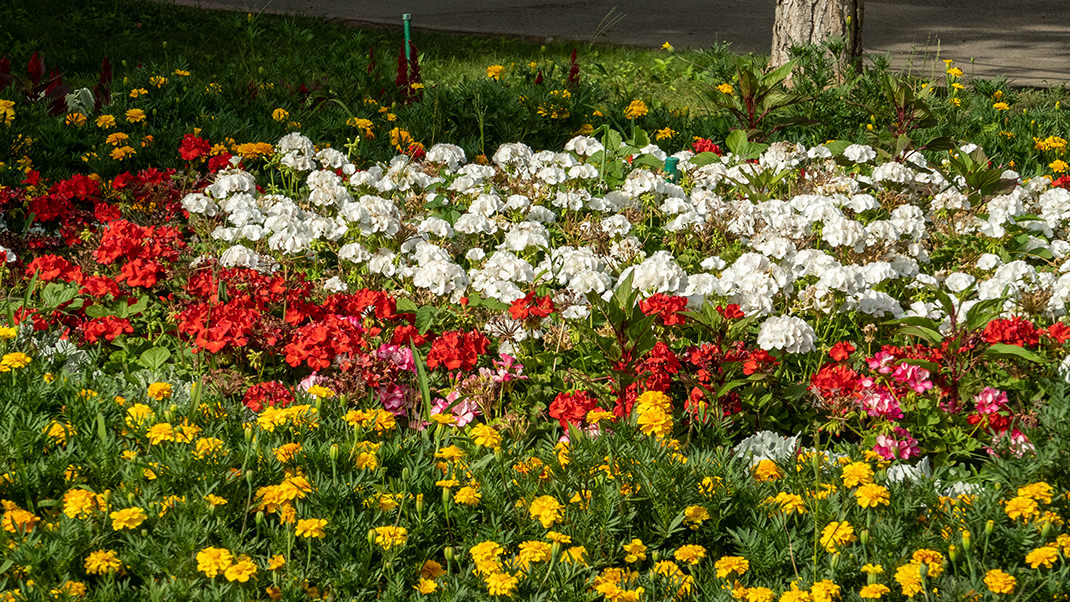

The familiar monument of Amir Timur on horseback appeared in the square in 1993.
The square's fountains deserve a separate mention; there are four of them. Benches near the water are installed, where you can often find people relaxing. At night, the fountains are illuminated with colorful lights.
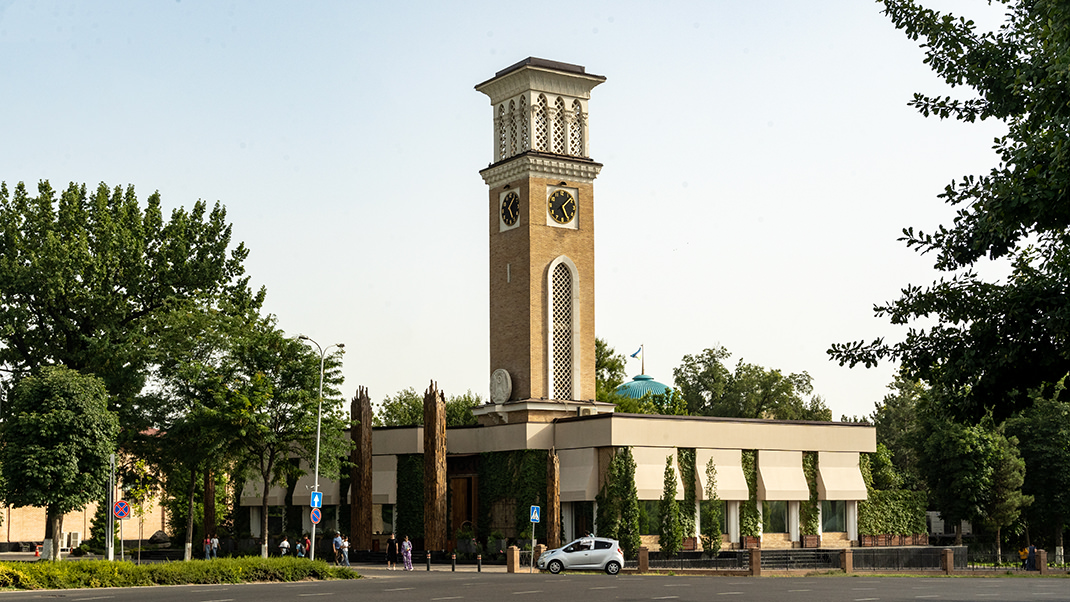
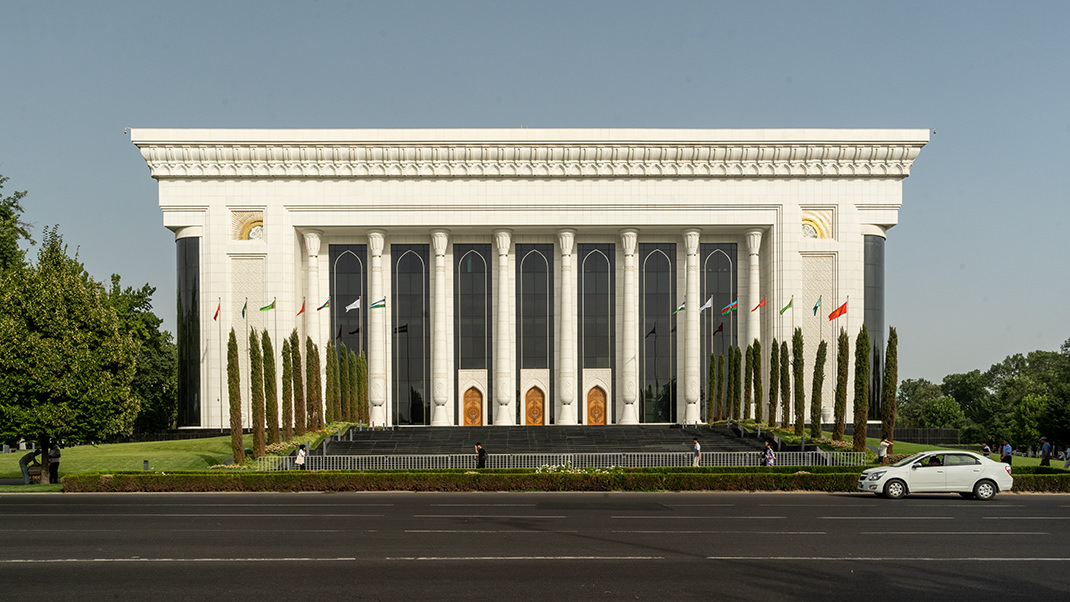
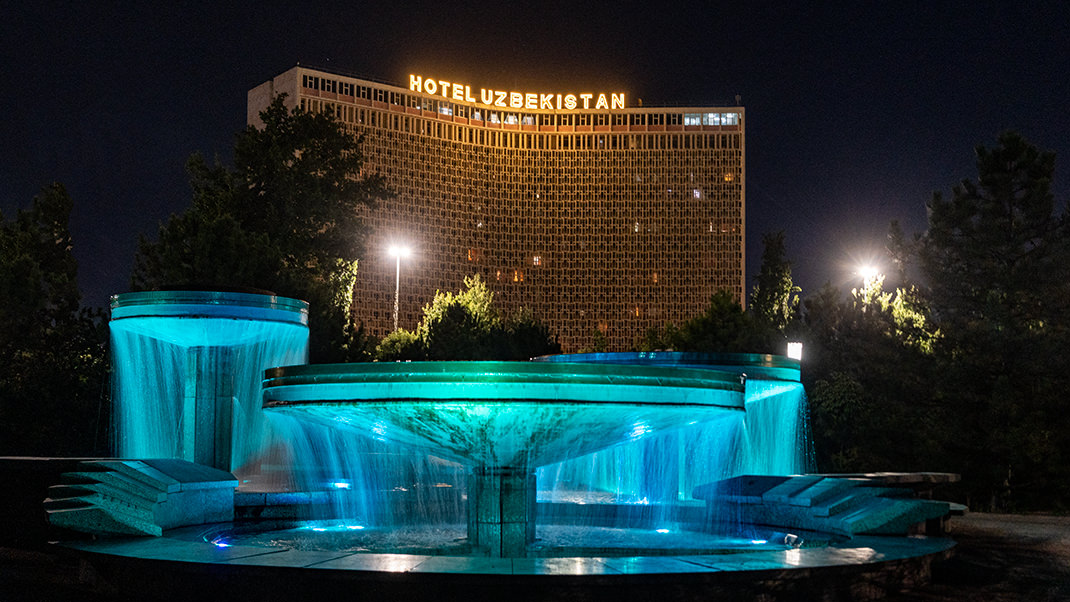
Next time, we will head to Istanbul to look at one of the city's most interesting museums. For now, I suggest you continue your virtual journey through Tashkent in an article about the palace of Prince Romanov.
Have a nice trip!



